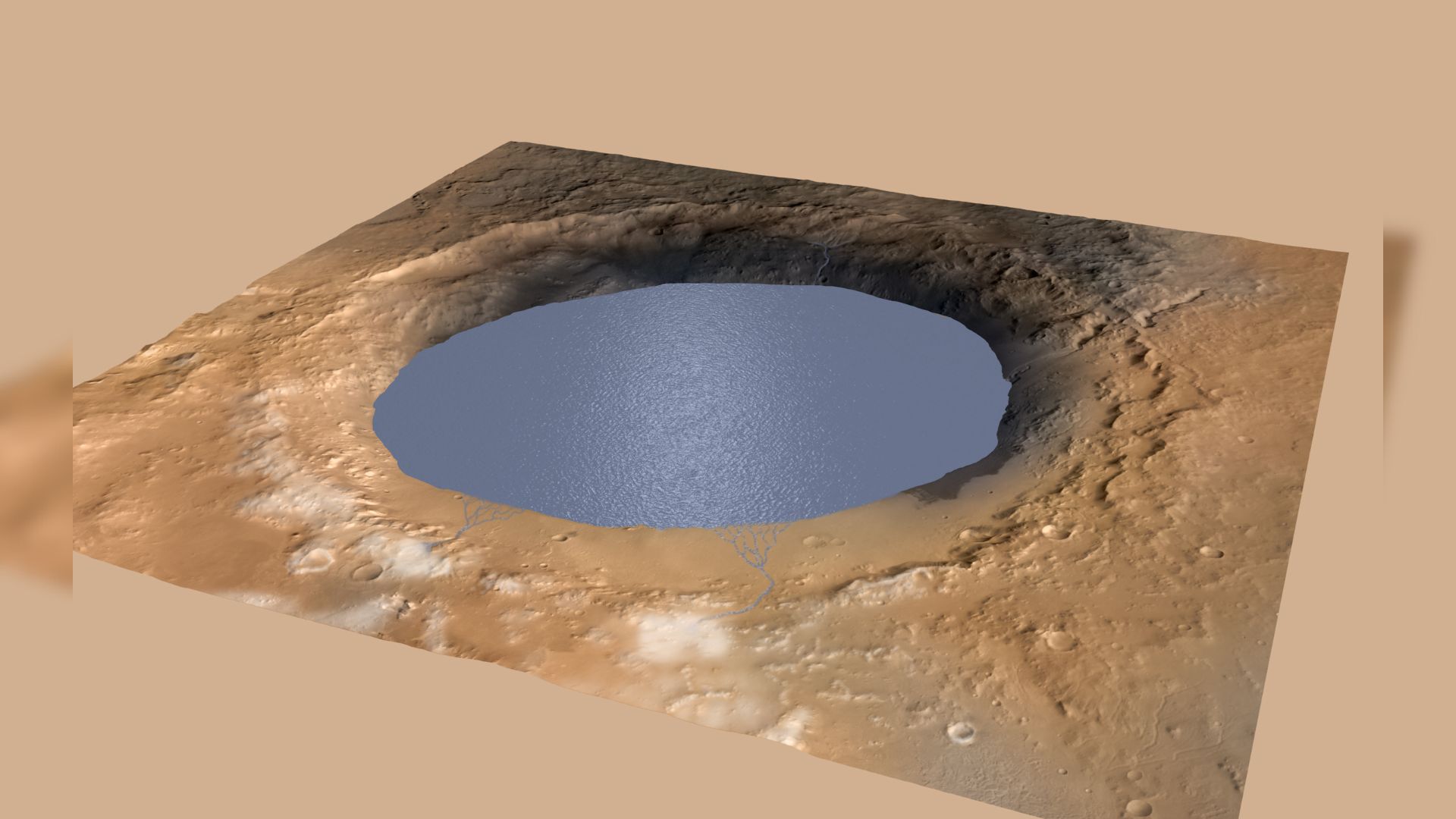See Jupiter and Venus dance across the twilight sky in this amazing photo collage
The two bright planets have been putting on a show recently.
Venus and Jupiter have put on quite a show for skywatchers in recent weeks.
The two planets have been shining brightly in the early evening skies for several weeks, and in recent days they've been moving closer together in the night sky. On Wednesday (March 1), the pair made their closest approach to one another while also entering into an arrangement known as a conjunction, meaning they shared the same right ascension, the celestial equivalent of longitude.
As Jupiter and Venus began approaching each other over the last few weeks, astrophotographers around the world started capturing the celestial dance the two planets have been engaged in. One stunning image submitted by Soumyadeep Mukherjee of Dhanbad, India, shows what the photographer calls "10 Days of Nearness" between the two planets, spanning from Feb. 21 to March 2, 2023.
Related: Don't miss Venus and Jupiter shine super close in the night sky. They won't be closer until 2032!

Looking for a telescope to see the planets up close? We recommend the Celestron Astro Fi 102 as the top pick in our best beginner's telescope guide.
Mukherjee took the photographs that make up this 10-image collage using a Nikon D5600 camera equipped with a Sigma 50mm F1.4 Art lens. Post-processing was conducted in Adobe Photoshop.
In an email to Space.com, Mukherjee described his process for taking the photographs that make up the collage:
"For the last couple of weeks, Venus and Jupiter have stolen the attention of astrophotographers! They were inching close to one another, slowly but surely. I was lucky enough to capture their relative movement for the last 10 days. Another interesting find for me was the ever-changing hues of the sky after sunset! They do add a lot to the final image.
Breaking space news, the latest updates on rocket launches, skywatching events and more!
The aperture was maintained at f/2.8 and ISO was kept 200 for all the images. Shutter speed varied from 1/3 second to 1 second, depending on the lighting condition. All the images were taken at a similar time, between 6:10 p.m. to 6:20 p.m. India Standard Time."
Mukherjee has been an amateur astrophotographer since 2020 and is part of a group known as Astronomads Bangla that "works towards popularizing astrophotography in India," the photographer told Space.com.
Be sure to check out more of Soumyadeep Mukherjee's work on Instagram.
If you're hoping to catch a glimpse of the next close encounter between Venus and Jupiter or any other celestial events, our guides for the best telescopes and best binoculars are a great place to start.
And if you're looking to snap your own gorgeous photos of the night sky, check out our guide on how to photograph the moon, as well as our best cameras for astrophotography and best lenses for astrophotography.
Follow us @Spacedotcom, or on Facebook and Instagram.

Brett is curious about emerging aerospace technologies, alternative launch concepts, military space developments and uncrewed aircraft systems. Brett's work has appeared on Scientific American, The War Zone, Popular Science, the History Channel, Science Discovery and more. Brett has degrees from Clemson University and the University of North Carolina at Charlotte. In his free time, Brett enjoys skywatching throughout the dark skies of the Appalachian mountains.

